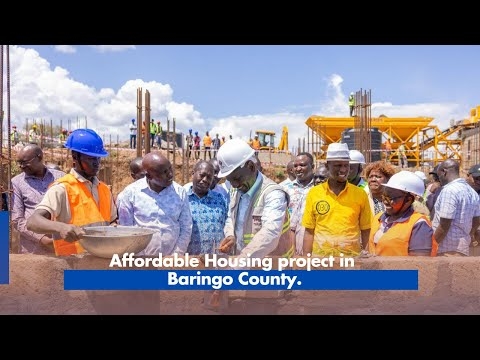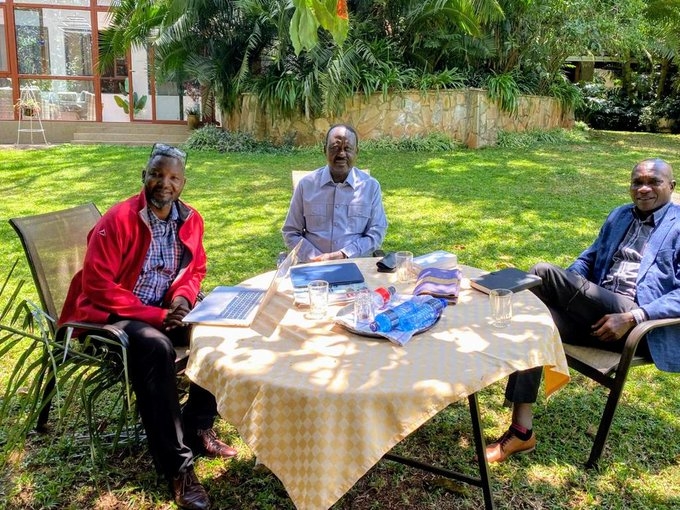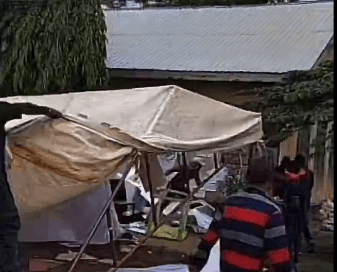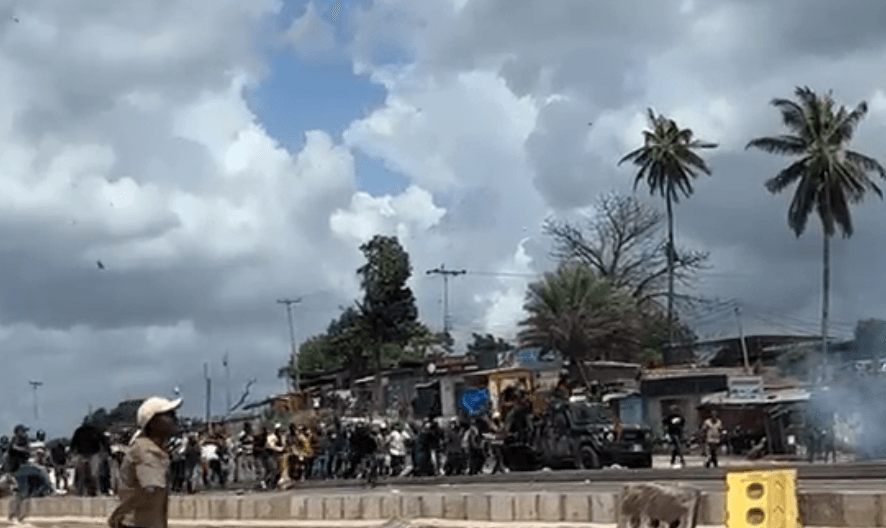
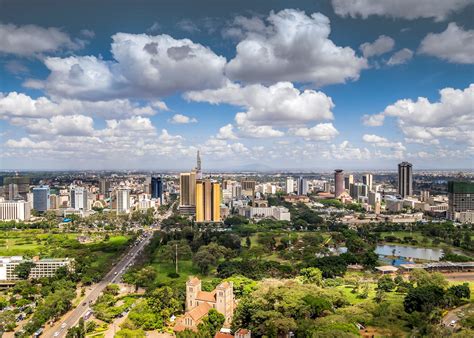
Dropping buying power among the middle class continues to hurt land prices in towns near Nairobi, with the average price per acre rising at
the slowest pace in five years.
The latest quarterly index by Hass Consult shows that land prices in 14 satellite towns around Nairobi increased by just 0.84 per cent in the past three months, rising by 6.6 per cent in the year to September.
According to the report, the average price per acre remained much lower in the satellite towns, at an average of Sh32.3 million, the slowest pace since the third quarter of 2020, when the rates were hampered by Covid-19.
“The slowdown in Nairobi's satellite-town land prices continued in the third quarter of 2025, as self-building moderated, on economic pressures,’’ the report reads in part.
Sakina Hassanali, Co-CEO and Creative director at Hass Consult, said that many of these satellite areas, such as Kiserian, Kitengela, and Athi River, have been prime locations for middle-class buyers to develop their own family homes in stages and as incomes allowed.
“But tightening finances are reducing the flow of buyers able to get through the initial entry gate for self-building of a land purchase, despite the far lower and more advantageous prices in the satellite areas.”
Only areas with strong developer demand are now reporting strong land price growth.
Within Nairobi, land prices across the 18 suburbs also slowed down, but more slowly than in the satellite towns, rising by 1.22 per cent in the third quarter and by 6.27 per cent in the last year, supported by strong development areas.
The average price for an acre in the suburbs rose to Sh223.9 million per acre.
Spring Valley continued to lead, heating up further as developers chased large single-home plots to develop into multi-use properties in line with the rapidly changing character of the area, from exclusively top-of-the-market large homes and gardens to a mixed-use area, with commercial properties and apartments.
An acre of land in the area is now at Sh305.9 million. Even so, Upper Hill remains the most expensive area in Nairobi, with an acre costing Sh554.6 million, followed by Westlands at Sh504 million.
This delivered a further increase in land prices in the suburb of 3.6 per cent from June to September and 13.3 per cent over the year.
By contrast, Nairobi suburbs, with limited appeal for commercial and multi-occupation, due to the scarcity of public transport routes and planning restrictions, such as Muthaiga, saw land prices fall by 0.2 per cent from June to
September, tipping the annual changes into a 0.1 per cent decline.
Within this average, areas such as Kiserian and Kitengela continue to offer the lowest-price access point, at an average of Sh13.4 million and Sh18.8 million per acre.
However, this self-builder advantage is seeing a fall in self-builder buying, slowing their price growth rapidly.
Despite the traditional August lull, overall property prices rose by a subdued 1.1 per cent in the quarter, taking the annual rise to 8.2 per cent.
The main drivers were spots of high demand for detached houses. For example, in Runda, where house prices rose four per cent in 12 weeks, up 15.3 per cent on the year, and in Athi River, where the rise accelerated to 4.3 per cent in the third quarter, achieving 4.9 per cent for the year.
Rental prices fell by 1.6per cent in Q3, and 1.3 per cent for the year, driven downwards by a sharp decline in Muthaiga rents due to expatriate departure on aid closures.
Underlying rental changes reflected high location-specific patterns, with rental demand rising sharply in areas such as Parklands and Riverside, while falling in Westlands and Upper Hill.
“All segments of the market delivered sales price growth in the third quarter, reflecting the market's solid foundation in cash-driven demand, but it was a subdued quarter of demand, overall, as middle-class incomes remained under pressure,” Hassanali said.
The surge in detached house buying was area-specific, with prices continuing to rise significantly in the Runda, Ridgeways, Loresho, Lavington, Karen, and Muthaiga suburbs, and the Athi River, Ruiru, Tigoni, Juja, and Kiserian satellite towns, but falling in other areas in and around the city.
But, overall, the surge in house demand, which began in late 2023, slowed down in most areas, accelerating only in Athi River, Ruiru and Tigoni - suggesting a move to better-value properties and some exhaustion of the demand in many other areas.




